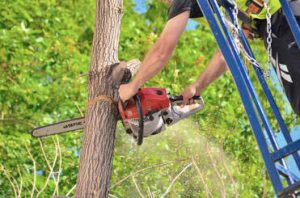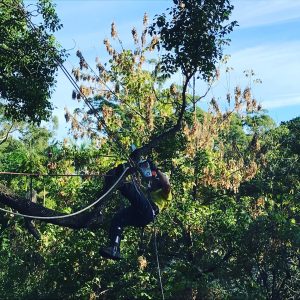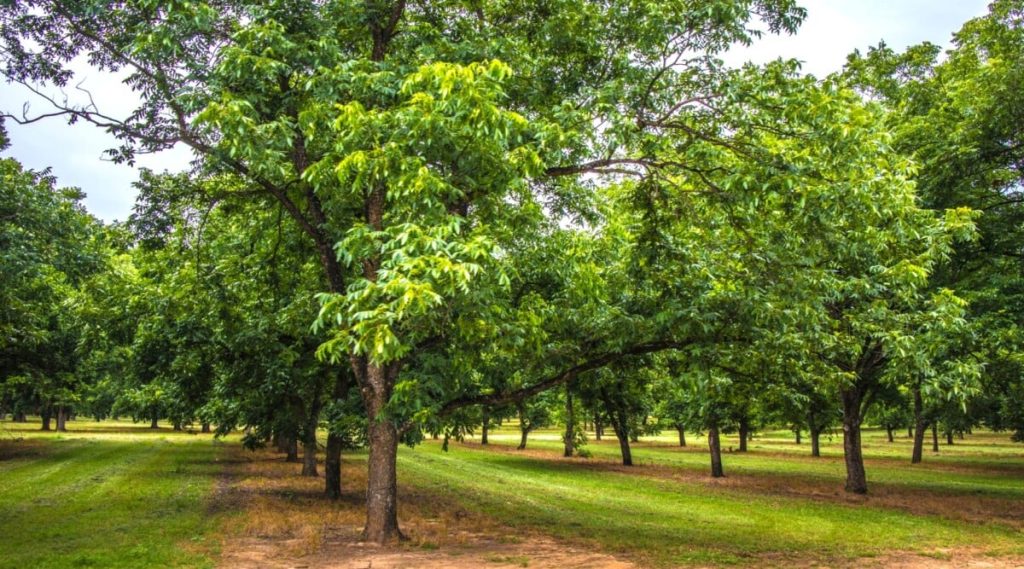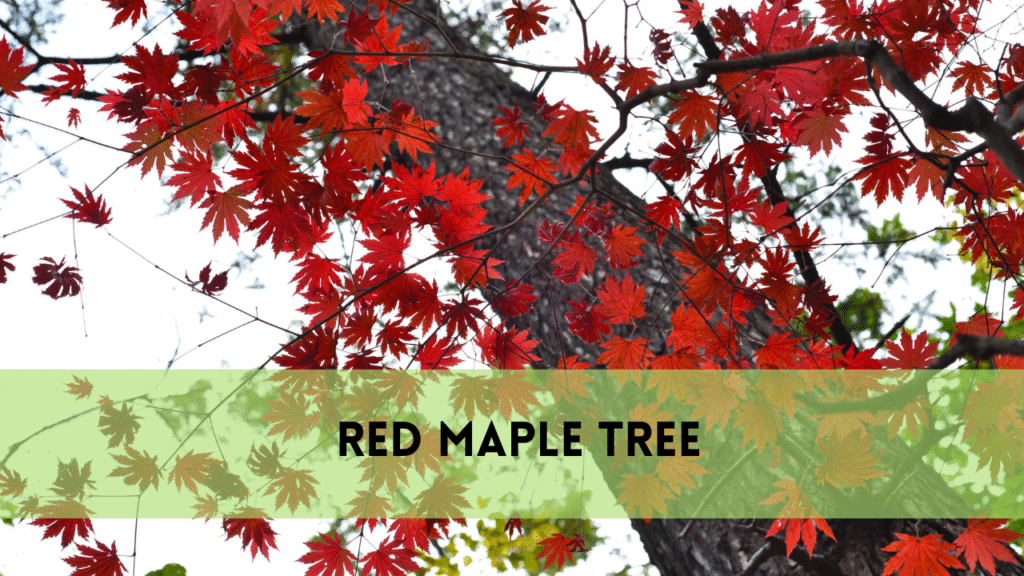Spring Tree Care in Houston
Spring is an important season for tree care in Houston. The warm environment and unique regional characteristics necessitate customized procedures to ensure tree health. Crosby Arborist is committed to providing competent care that preserves the health and beauty of Houston’s urban forest. This comprehensive guide outlines the actions necessary for proper spring tree care in Houston
Spring Tree Care in Houston
Assessing winter damage

Inspecting for broken branches
Winter can cause trees to lose or damage their branches. Inspect your trees thoroughly for cracks, splits, and hanging branches. Addressing these concerns can help prevent future damage and encourage healthier growth.
Checking for disease and pest infestations
Winter pressures can increase plants’ susceptibility to diseases and pests. Look for signs of odd growths, discoloured leaves, or visible insects. Early detection and treatment are critical for properly addressing these disorders.
Essential Spring Pruning
Pruning for health and structure
Pruning in early spring is very beneficial for removing dead or diseased branches. This approach not only promotes tree health but also moulds it for optimal growth. Concentrate on improving the tree’s structure by removing crossing branches and establishing a strong central leader.
Avoiding Over-Pruning
Pruning is useful, but overpruning can be damaging. Follow the “one-third rule,” which suggests removing no more than one-third of a tree’s canopy in a single season to minimise stress and foster healthy growth.
Soil and mulch management
Testing and amending the soil
Houston’s soil conditions can vary, so soil testing is an important step in spring tree care. Conduct a soil test to evaluate pH and nutrient deficits. Based on the findings, provide the soil with nutrients to promote healthy tree growth.
Proper Mulching Techniques
Mulching helps to retain moisture, regulate soil temperature, and control weeds. To avoid rot and pest infestations, apply a 2-4-inch layer of mulch around the tree’s base that does not contact the trunk.
Watering Strategies for New Growth
Establishing a Watering Routine

Warmer spring temperatures necessitate frequent tree irrigation. Create a regimen that keeps the soil moist but not soggy. To ensure proper hydration, adjust the frequency based on rainfall and soil conditions.
Deep-Watering Practices
Deep watering encourages healthy root development, making trees more durable. Water slowly and thoroughly into the root zone, promoting deeper root growth and improved drought resilience.
Fertilization for vigorous growth
Choosing the Right Fertiliser
Select a balanced, slow-release fertiliser to ensure consistent delivery of nutrients. Avoid high-nitrogen fertilizers, as they can promote excessive leaf growth at the expense of root development. Instead, use a formula that promotes overall tree health.
Timing Your Fertilisation
Fertilise trees in early spring as they break dormancy. This scheduling ensures that nutrients are available when the trees require them the most, resulting in robust development throughout the season.
Pest and disease management
Monitoring for Common Pests
Houston’s climate can attract a variety of pests. Inspect your trees regularly for aphids, scale insects, and borers. Early discovery enables timely and effective control, avoiding extensive damage.
Implementing Integrated Pest Management (IPM)
Use IPM strategies to control pests while minimising environmental impact. To naturally repel pests and illnesses, this technique includes using beneficial insects, practicing cleanliness, and preserving tree health.
Supporting Tree Growth with Proper Staking
When to stake trees?
Young or newly planted trees may require staking to help them thrive. Stake trees only if necessary, and make sure the ties are not excessively tight, as this might impede mobility and weaken the trunk.
Removing Stakes After one growing season, remove stakes to prevent girdling and promote the tree’s natural strength. Proper staking in the early stages ensures consistent and healthy development.
Related Posts:
Preparing for Houston’s Summer Heat
Gradual Acclimatisation
To help your trees acclimatize to Houston’s hot summers, gradually reduce their watering frequency in late spring. This approach promotes deeper root growth, making trees more drought-tolerant and ready for the hot months ahead.
Protective Measures
To avoid sunburn, consider applying a light-colored tree wrap to young or thin-barked trees. Furthermore, providing shade wherever possible can reduce heat stress and promote better growth.
FAQS
Why is spring for tree care in Houston is important?
Spring is an important period for tree care since it signals the start of the growing season. Trees emerge from hibernation and begin to develop new growth. Providing proper care during this time ensures that trees have the nutrients, water, and protection they require to grow throughout the year.
How can I increase the soil quality for my trees in Houston?
Improving soil quality can include various steps:
Adding Organic Matter: Compost or well-rotted manure can help improve soil structure and fertility.
Aeration: Use a garden fork or aerator to remove compacted soil and give roots more access to air and water.
PH Adjustment: Test the soil pH and adjust as needed to meet the requirements of certain tree species.
What are some common symptoms of pest infestations in Houston’s trees?
Common insect infestation symptoms include:
Holes on the leaves indicate eating insects, such as caterpillars or beetles.
Aphids, or scale insects, commonly produce sticky residue when they excrete honeydew.
Wilting or yellowing leaves may indicate the presence of root-feeding pests or nutrient deficits induced by insect activity.
What is the correct method for planting a new tree?
Choose the Right Spot: Ensure that the placement provides adequate sunlight, soil type, and space for the tree’s mature growth.
Dig the Right Hole: The hole should be twice the width of the root ball, but no deeper.
Plant at the proper depth: The root flare (the area where roots spread from the base) should be at or slightly above ground level.
Water and mulch: Water thoroughly after planting, and mulch around the base to help conserve moisture and decrease weed competition.
How can I safeguard my young trees from wildlife damage?
Protecting young trees from wildlife is crucial
Install Guards: Use tree guards or wraps to shield the base from damage from animals like deer or rabbits.
Use Repellents: Spray wildlife repellant throughout the area to keep animals away from the trees.
Create Barriers: Fencing can help keep larger animals away from young trees.
Conclusion
Spring tree care in Houston is critical for keeping your trees healthy and looking their best. You can guarantee your trees survive by assessing winter damage, pruning properly, managing soil and mulch, creating good watering routines, fertilising, and controlling pests and diseases. Furthermore, correct planting procedures and protective measures can assist young trees as they mature. Crosby Arborist can provide professional advice and services to help you maintain a vibrant and healthy urban canopy. Trust us to meet your tree care needs and enjoy healthy and attractive trees all year.




